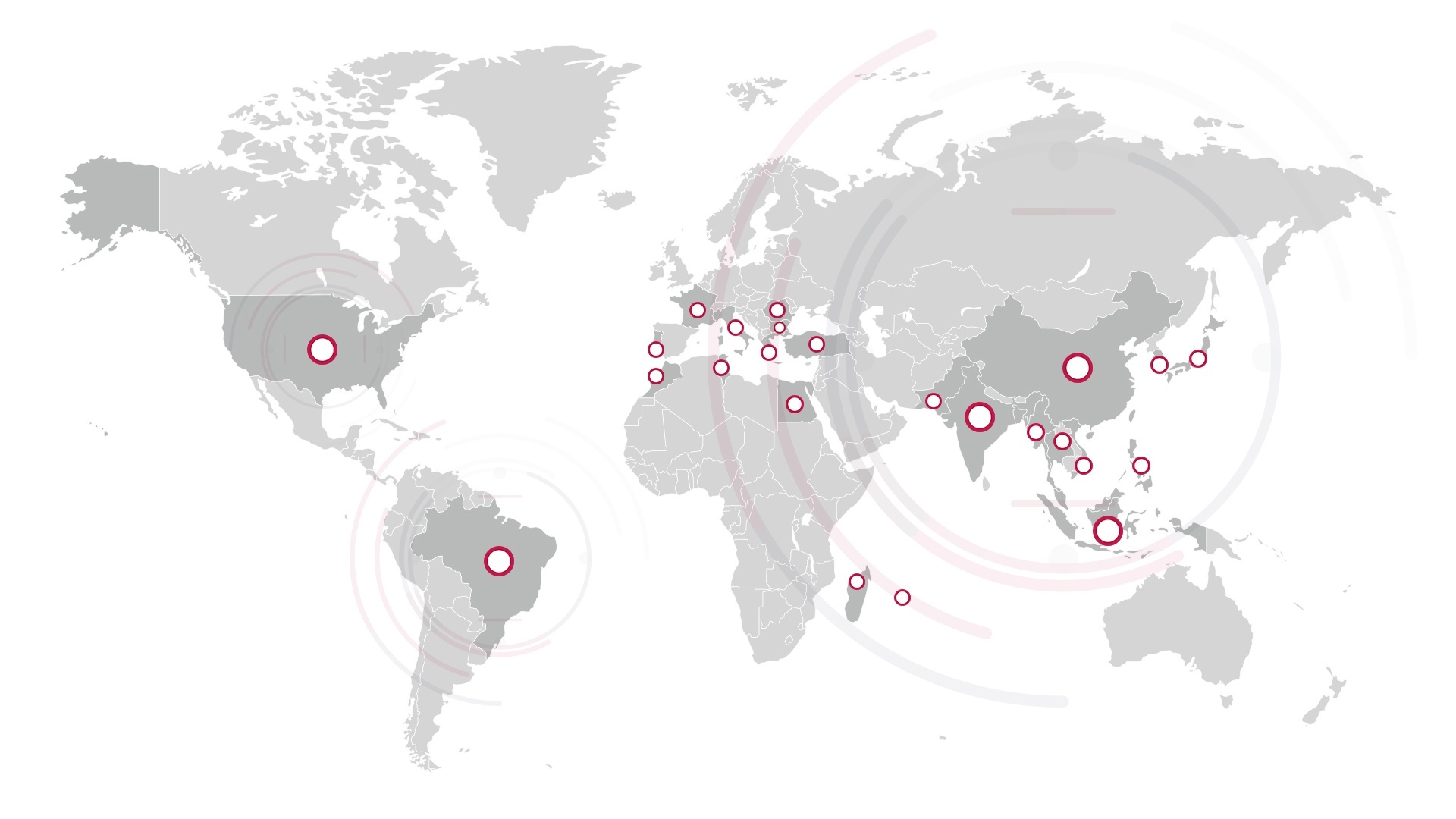The global supply chain is currently undergoing frequent disruptions and uncertainties due to various factors such as changes in the geopolitical landscape, disturbances in major trade routes across the world, and climate change policies. These challenges are posing significant risks and pressures on businesses, making it imperative for them to improve their supply chain visibility, traceability, and transparency to overcome these challenges effectively.
Supply chain mapping is a crucial aspect of responsible sourcing. Responsible sourcing involves organizations actively and consciously sourcing and procuring products and services in an ethical, sustainable, and socially responsible manner. This means that a company will ensure its business practices – both in its business and across its supply chain – do not harm people and the environment.
Supply Chain Mapping is the first step towards supply chain due diligence and traceability. It is essential when reporting on compliance with regulations concerning forced labor, the German Supply Chain Act, the Corporate Sustainability Due Diligence Directive, EUDR, the California Transparency in Supply Chain Act, the UK Modern Slavery Act, and other regulations.
What Is Supply Chain Mapping?
Supply chain mapping refers to the process of visually illustrating the network of activities and entities engaged in the production and delivery of a product.
Supply chains are notoriously complex, some having 6 to 9 different tiers with multiple suppliers in each tier. Most companies know who their Tier 1 suppliers are, but that is where the visibility stops. It’s crucial to map supply chains from farm to finished products, to truly understand your business and who you are working with.
This process goes beyond simply recognizing top tiers; it involves grasping the movement of materials and products within the chain, connections among various stakeholders, and external factors impacting these interactions.
Why is Supply Chain Mapping Important?
Risk Management
Supply chain mapping is a helpful tool for businesses to identify risks and areas for improvement within their supply chain. For example, companies may find that they are sourcing from a high-risk country, or are over-reliant on one supplier for a key component. By pinpointing these risks and opportunities for improvement, businesses can take measures to mitigate them by diversifying their supplier base and improving the resilience of their supply chains.
Efficiency and Cost Reduction
Businesses can improve sustainability, efficiency, and reduce costs by streamlining processes, minimizing waste, and enhancing communication and coordination with suppliers and customers.
Compliance
Knowing your multi-tier supply chain is critical for compliance with regulations on supply chain due diligence and to meet ESG reporting requirements.
Sustainability and Transparency
Consumers are increasingly aware of the origin, sustainability, and safety of products they buy. According to a survey, 66% of all respondents and 75% of millennials consider sustainability when making a purchase. A green supply chain can help improve a brand’s reputation and market position.
Challenges with Supply Chain Mapping
In today’s era of global sourcing, businesses, regardless of their size, have suppliers located on different sides of the world. This means that organizations have to manage supply chains that span across borders and continents, leading to various challenges related to communication, logistics, cultural differences, language barriers, and regulatory compliance.
Companies of all sizes struggle with a host of supply chain visibility challenges, such as:
- Complex supply chain networks
- Lack of standardized systems and transparency
- Limited knowledge of Supply Chain Mapping
- Reluctance to share information
- Unauthorized subcontracting and/or raw material sourcing
Get Help Mapping Your Supply Chain
Mapping your supply chain is not an easy task. Consider partnering with experts like SgT, we can help your business with the discovery and multi-tier mapping of all suppliers. We have experience mapping supply chains for global companies, extensive manufacturing experience and
- Cross expertise: CSR + Sustainability + Technical departments working closely together. Combining knowledge and expertise.
- Field Experience: Thanks to our teams being on the ground at the factories every day, SgT is uniquely positioned to understand the manufacturing process and its challenges. This allows us to provide bespoke services to address issues at every one of the manufacturing stages to help our customers achieve their goals.
- Sustainability training / seminars
SgT creates tailor-made programs adapted to the specific needs of each customer. To find out more about supply chain mapping services, contact us.






